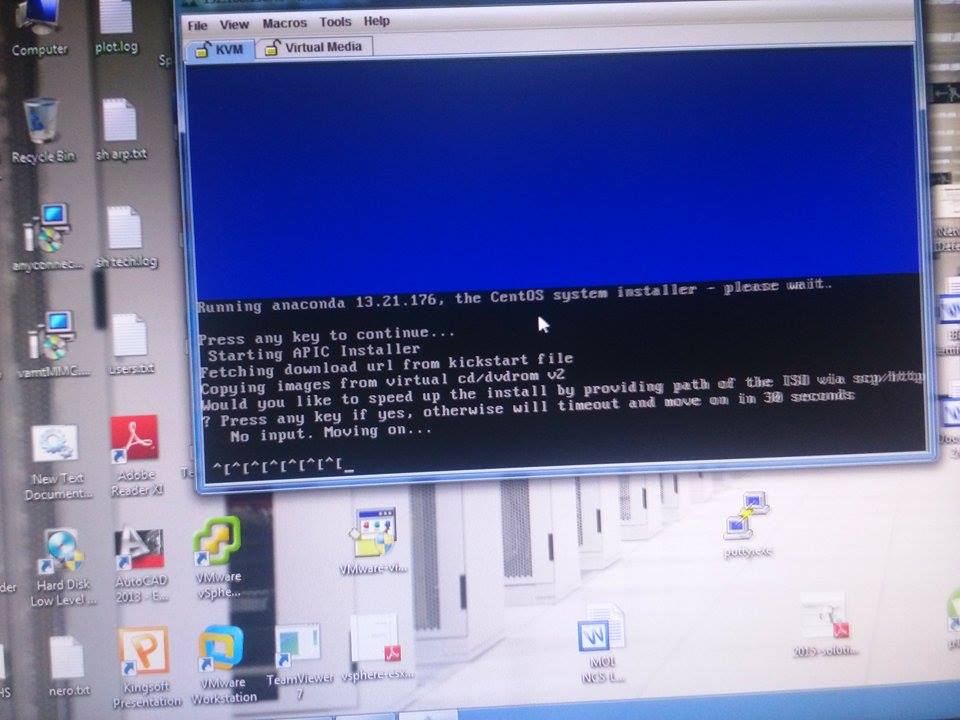

The software covers all major file types, so if you wish to rip a disc to ALAC, FLAC,WAV,AIFF the option is there. Using the AUI Interface is a breeze, the user is presented with a very simple GUI with options for sample rates, bit depths and file output type. AUI refers to DSD files within the software as DSF “1bit/2.8mhz” and “1bit/5.6mhz”.


AUI has the ability to rip SACD’s to DSD 64 or 128 formats allowing for the playback of High Rez files on compatable DACs and PC/Mac direct systems also.ĭSD is trademarked by Sony/Phillips, the actual file extension is. Ī 24bit SACD would have less or no truncating of the original file (due to its original deriving from a 24bit master or 32bit) and therefore dithering is not essential. Remember, nearly all recording are originally mastered in the studio at either 24 or 32bit and are down sampled to 16bit for a standard CD. The recording may already have some high dithering in place when originally mastered to physical copy. I myself have not encountered this as of yet. If a rip seems to have a level of background hiss which is not on the original disc then it’s advisable to re-rip that particular album again with dither turned off. The standard amount of dither which AUI provides is deemed by them as the ideal rate for ripping on the fly and in my experience using the software I have found that applying dither to a rip makes for a more musical and smoother rip, retaining or adding transparency and being a safe method to reach the optimum quality or the rip. The sound is more transparent and smoother sounding.ĪUI has a built in dither slider in the settings tab and fine tuning the levels of dither will produce better results dependant on the recording (whether it has already been dithered or not) any down sampling which needs to be undertaken or whether the user is ripping from a disc.

The audio signal with dithering remains intact, retains details and does not have a hard digital edginess or apparent noise across the frequency range which has been left by the missing 1’s and 0’s. This level of hiss is only apparent on 16bit and above files when at very high volumes during extreme silence cues between passages. Dither however is not a magic wand, it does add a background hiss to the music just like a tape recording of old, yet at levels far below. So, how can the signal integrity be retained and smoothed out? This is where “Dithering” comes into play.Īpplying dither during the process of sampling from the 24bit original to the 16bit copy eradicates these loses and retains the information by adding a low level noise to the sine wave. Artifacts, hard edges and high frequency grainy noise becomes very apparent on down samples and compressed music. The effect of these truncating errors is what many refer to as a nasty digital sound or recording. Truncating Errors are the result of this compression which manifest itself as missing bits, missing 1’s and 0’s in the digital signal leading to a loss in details, nuances and information within the audio track. When truncating an audio file (reducing its bit depth) from say 24bit to 16bit for example, maybe if the user wishes to burn a disc for a car CD player or another disc player elsewhere in the home we can run into “Truncating Errors”.


 0 kommentar(er)
0 kommentar(er)
